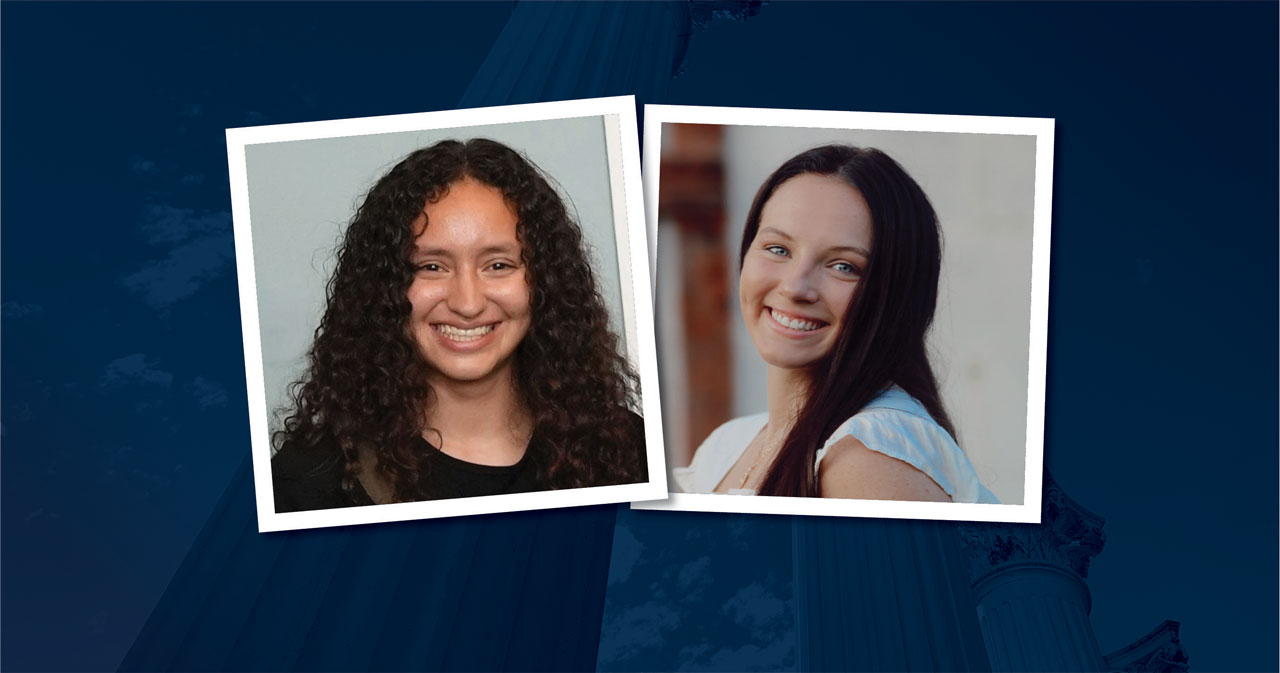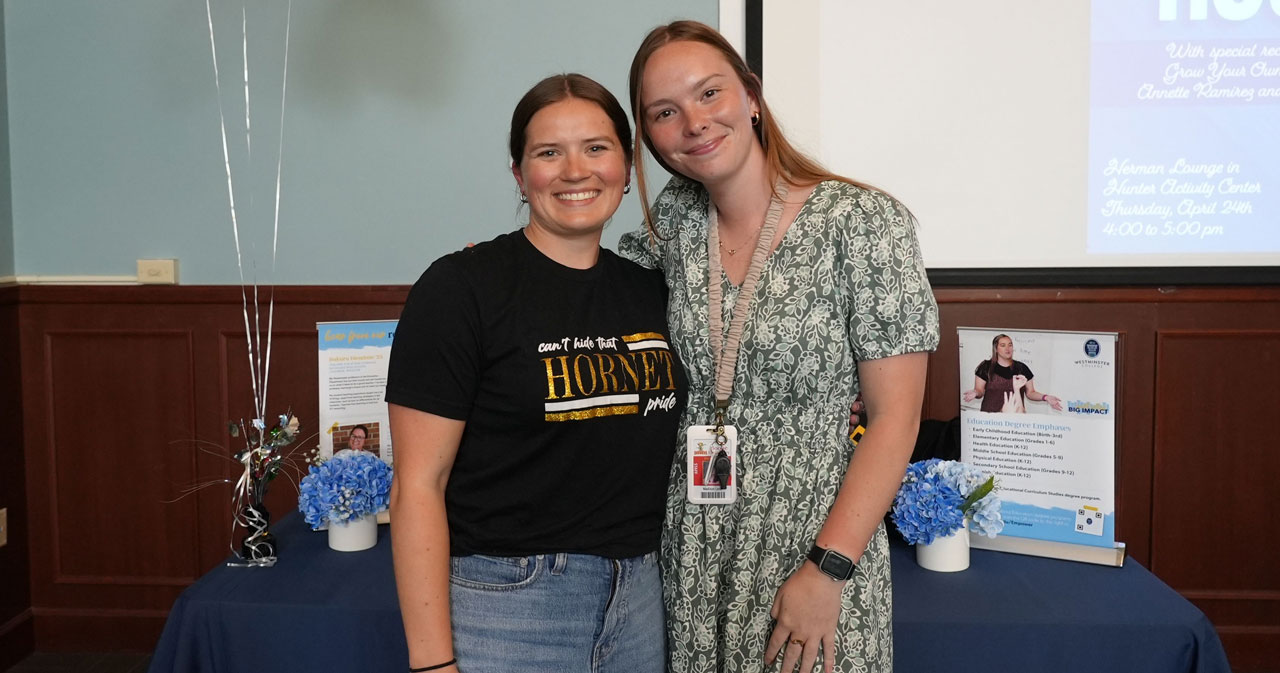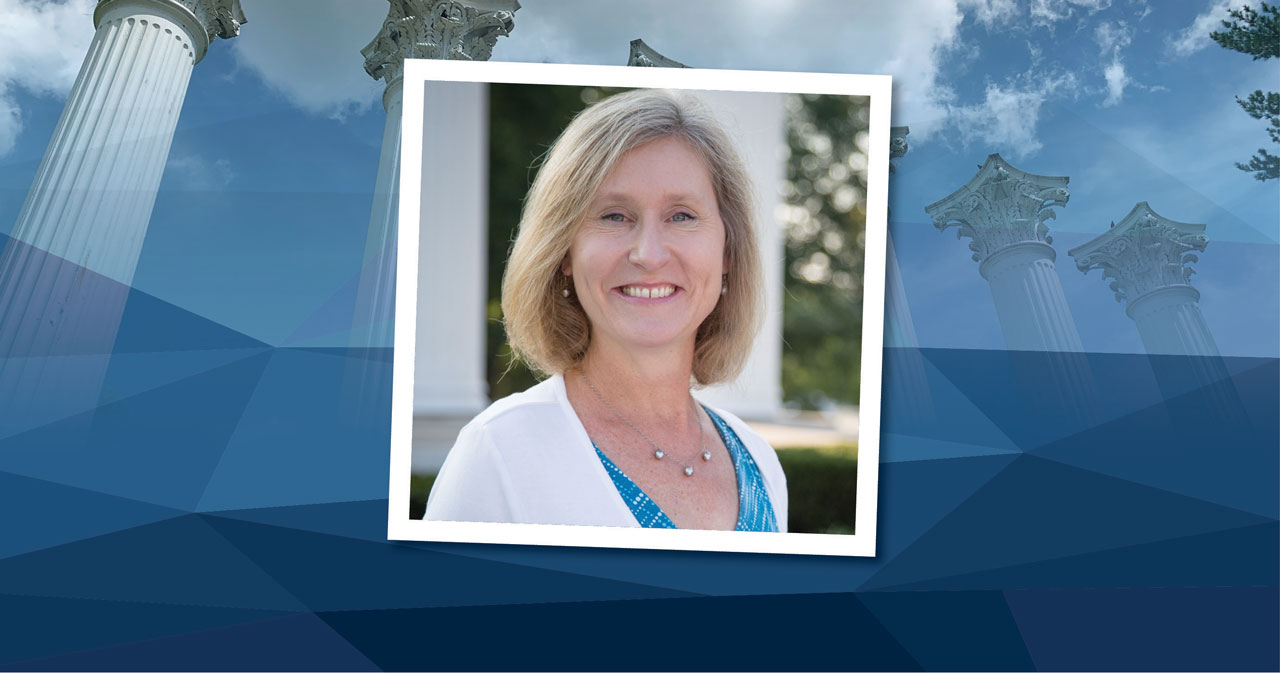Keynoter David M. Rubenstein Urges Attendees to Address America’s Social Challenges
The night started with a just-received letter and closed with a message from the past.
“I cannot tell you how delighted I am once again to help you celebrate the very special Church of St. Mary the Virgin, Aldermanbury, rebuilt by Sir Christopher Wren in the 17th Century, and relocated from London and rebuilt again in Fulton, Missouri, in the 20th Century to serve as the most remarkable and highly appropriate memorial to Sir Winston Churchill’s Sinews of Peace address.”
The letter ended with “I should like to thank you all most warmly for your continuing efforts to protect, preserve and cherish it.” It was simply signed “Charles.”
The letter from the Prince of Wales, heir to the British throne as the eldest child of Queen Elizabeth II, was read aloud by Her Majesty’s British Consul General John Saville during a gala Saturday night in the Historic Gymnasium on the campus of Westminster College, where in March 1946 Churchill gave his speech, which is often called the “Iron Curtain” speech.
The gala attended by more than 300 people included members of the Churchill and Harry S. Truman families as well as other VIPs from England and across the United States. The event honored the 50th anniversary of the re-hallowing of the historic and legendary Church of St. Mary the Virgin, Aldermanbury, as well as the opening of America’s National Churchill Museum, or ANCM.

A Saturday night gala dinner in the Historic Gymnasium featured a keynote address by David M. Rubenstein, co-founder and co-executive chair of The Carlyle Group in Washington, D.C. In his speech, Rubenstein summarized his thoughts on national issues and patriotic philanthropy. Rubenstein was inducted into the Association of Churchill Fellows following his address.
The gala also featured a keynote by David M. Rubenstein, co-founder and co-executive chairman of The Carlyle Group in Washington D.C., philanthropist, and host of Bloomberg TV’s Peer-to-Peer Conversations.
Rubenstein’s speech capped a weekend of new art exhibits, lectures about the humor of Churchill by noted biographer Andrew Roberts and a lively presentation by Churchill’s granddaughter, artist Edwina Sandys, of New York City, who invited hundreds to walk through her Breakthrough sculpture. Breakthrough is made from a 32-foot-long stretch of the Berlin Wall, the embodiment of the Cold War initiated by her grandfather’s visionary speech at Westminster College in March 1946.
The afternoon also included a colorful parade through this small, college town that included several marching bands, vintage military vehicles, student artists, flyovers of a B-25 WWII airplane and a motorcade of Churchill family members that included Edwina Sandys; Churchill’s granddaughter Emma Soames of London; Churchill’s great-grandsons Jack Churchill, of Wiltshire, England, and Duncan Sandys, of Atlanta; and St. Louisans Baxter Watson, who, as a Westminster student, escorted Churchill and Truman into the Historic Gymnasium, and Earle Harbison Jr., who, as a Westminster student, watched and listened to Churchill as he delivered his speech 73 years ago.
Prince Charles’ letter focused on the London church built in 1181 A.D., which was gutted by the Great Fire of London in 1666. It was rebuilt in 1672 by Royal Architect Christopher Wren, who also reconstructed dozens of other churches damaged in the fire. St. Mary the Virgin, Aldermanbury, continued serving its London parish until Dec. 29, 1940, when it was bombed by the German Luftwaffe at the start of World War II.

The fire-gutted stone church, which like many London buildings, sat in ruins for nearly two decades after the war ended. It was acquired by the College’s Board of Trustees in the early 1960s, was carefully dismantled — all 7,000 stones — and they were shipped, railed and trucked to Fulton, where the church was rebuilt according to Wren’s original design atop the new Churchill museum.
“The Church, it seems to me, represents the essence of the human spirit and our unique ability to overcome tragedy,” he wrote. “It therefore gives me great joy that the Church stands proudly re-hallowed in Fulton, MO. As an extraordinary example of resilience and hope, it is my particular wish that the Church will continue to receive the support it needs to sustain its work for future generations,” he wrote.
In his keynote, Rubenstein — a collector of such documents as The Magna Carta, the Declaration of Independence, the Emancipation Proclamation and other rare documents — said the federal government is dysfunctional because Congress cannot work together to solve the country’s internal problems.
“External matters such as Brexit, terrorism, trade with China and other issues are not our greatest challenges,” he said. “America’s greatest risks come from our own internal problems.”
Those problems, he said, are the nation’s debt; underfunded Social Security, Medicare and Medicaid programs; underfunded state pension plans; gun killings; Americans’ obesity; income inequality and the lack of social mobility; functional illiteracy among 34 million Americas; the U.S. high school drop-out rate; opioid deaths and the nation’s growing homelessness problem.
He urged attendees, as individuals, to tackle at least one of those problems. In doing so, he echoed the words of President John F. Kennedy, the first honorary chair of the ANCM, to “Ask not what your country can do for you. Ask what you can do for your country.”
On Sunday morning, 12 new members were inducted into the Association of Churchill Fellows during solemn ceremonies inside the Church of St. Mary the Virgin, Aldermanbury. They are as follows:

From the St. Louis, MO area: Brock Ayers, first vice president-Investments, Wells Fargo Advisors; James F. Bennett, partner, the Dowd Bennett law firm; Ken Murer, founder and CEO, Automotive Product Consultants, Inc., and the late Dave Stinson, the former administrator at Westminster who raised funds to relocate the church of St. Mary the Virgin, Aldermanbury, from Central London to Fulton and had oversight responsibilities in rebuilding the church and opening the museum.
Other inductees included Churchill’s granddaughter the Honorable Emma Soames of London; his great-grandson Jack Churchill, of Seend, Wiltshire, England; Clementina “Tina” Santi Flaherty of New York, NY; Erik de Bourbon of Palm Beach, FL; Deborah G. Lindsay of Marietta, GA; Don Fos, of Franklin, MI; Dr. William E. Parrish of Starkville, MS; and Rubenstein.
Founded in 1851, Westminster College is a private liberal arts college in Fulton, MO. Relocated from London to Fulton, the Church of St. Mary the Virgin, Aldermanbury, is a memorial to Winston Churchill’s “Iron Curtain” speech and located above the ANCM. To learn more about Westminster College or the Museum, visit the College’s site here or go to the ANCM site here.







You must be logged in to post a comment.